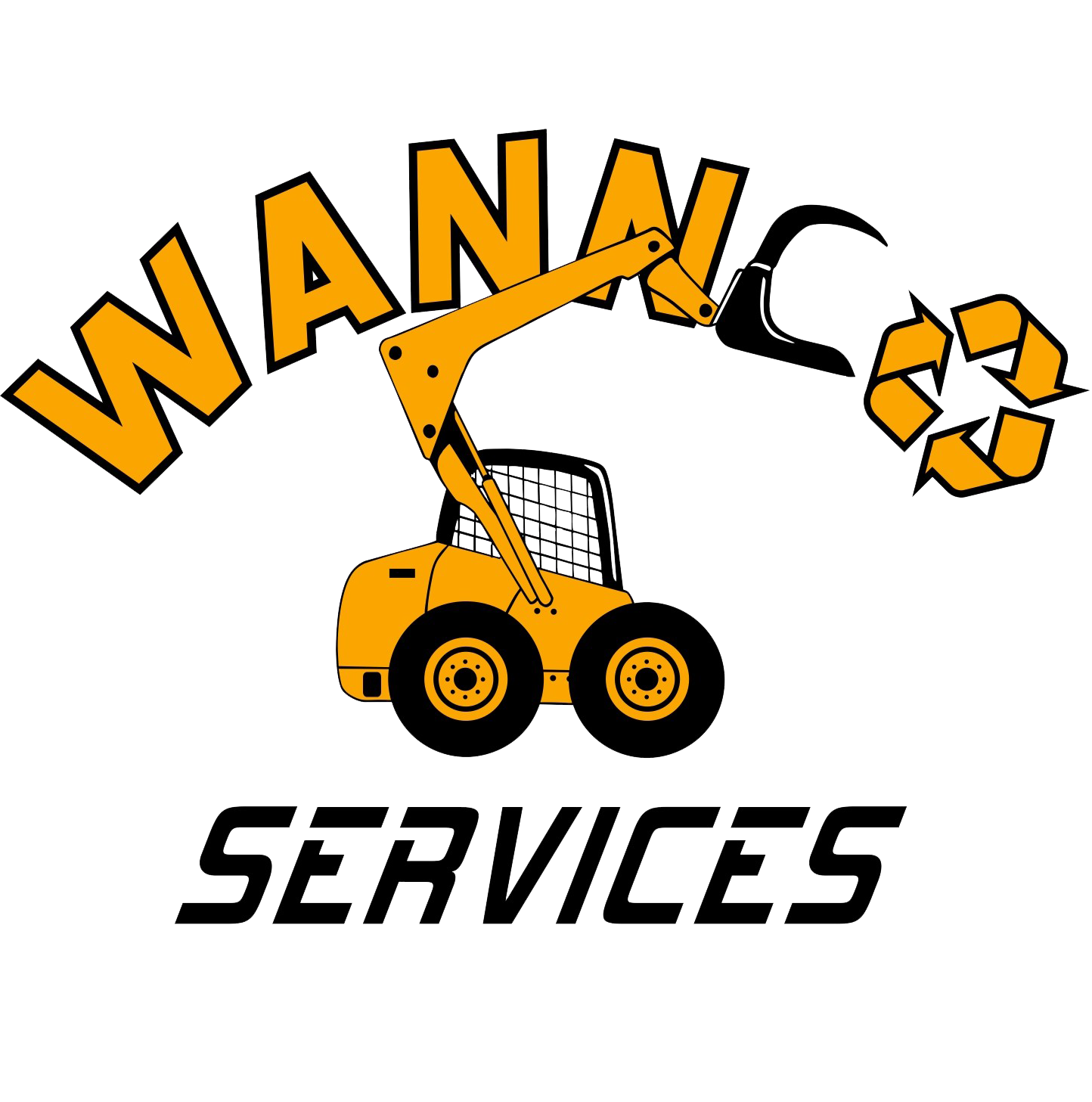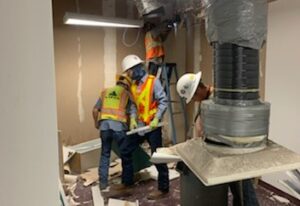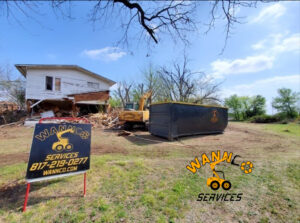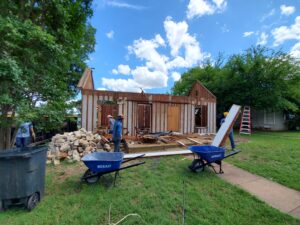4 Factors to Consider When Choosing The Right Work Boots For Your Construction or Demolition Job
I have been in construction for over 24 years, running my own demolition services company. When it comes to necessary gear and equipment, the one thing I have learned from my own experience and leading demolition teams, it’s footwear matters. Boots make the man (or woman). Especially, in the construction industry or professions that involve laborious, hands-on trade jobs that keep you on your feet all day.
In construction, we are on our feet all day long. We are standing and walking on all types of surfaces. We are expected to work and perform in all types of weather conditions and temperatures. We rely on our feet to carry us through ever-changing conditions day in and day out. Work boots are the foundation to staying on our feet. Without a solid foundation/platform to work from, you can expect to struggle. Anticipate pain and discomfort regularly.
I have navigated this road over the years. This is why I want to help and guide anyone new in the industry or anyone finding out the hard way about proper footwear. I’ve navigated this road a time or two. Take it from my experience, follow these guidelines, and avoid the pitfalls of purchasing the wrong boot for the job.
How to Choose Proper Work Boots for Demolition & Construction Work
When choosing a good work boot there are four important factors I have learned to prioritize and consider. I want to share that with you, to help you become an overall better worker in the industry and a happier human for your friends and family to be around!
1. Comfort
This is first and foremost the most important one of them all. Make sure you purchase a boot that fits properly and feels comfortable right out of the gate. None of this “breaking them in” nonsense. I recommend visiting a store that specializes in work boots. There are a variety of places to choose from. However, most western outfitters will have a person there to help you find the proper size.
You’ll need to consider things like the proper width and length needed. You want to have a snug fit, but it shouldn’t be too constricting, finding the perfect width is critical, especially to provide the right support and keep good blood flow in your feet. The last thing you want is to remove your boot at the end of the day and have your foot be swollen like a balloon. You can add insoles that provide added comfort and create the perfect fit and form needed for your specific feet. When you seek comfort in the way of the perfect fit, your feet will thank you!
2. Socks
Another thing to consider when sizing is the sock you will wear. I prefer a wool sock or synthetic wool blend. These have a lot of added cushioning, and the wool helps wick the sweat from your feet to keep them dry and comfortable. Dry feet prevent bacteria from breeding on the feet, commonly known as athletes’ feet.
3. Support & Style
Work boots come in many styles. There is your standard pull-on boot, lace-up boot, mid-calf, ankle height, knee-high, and more. Different boots offer different levels of support. For example, the pull-on boot offers the least amount of ankle support.
If you are working in rugged terrain, rocks, uneven surfaces I recommend the lace-up boot. I prefer something calf-high. It tucks nicely under jeans to keep dirt and rocks out. They also give support to the high ankle as well as the lower. This will help prevent ankle fatigue and injury.
The lace-up is nice, but keep an extra set of laces in your lunch box. Laces wear out and they will break at the least convenient time.
The pull-on boot has its advantages as well. They tend to be better for waterproof footwear. They are easy to slip on and off. They don’t have laces, which keep your boots from getting stickers and burs attached to them. If working with torches and welders, they will protect your feet from the molten metal. Laces melt and burn.
4. Durability
With durability, I have found you get what you pay for. I am not saying that just because the boot is expensive that it is better. However, quality materials do cost more. Real leather, waterproof, quality sole, triple stitching, and gel insole are things you want to look for and be certain are crafted into the boot.
Look for a versatile boot that is good for many applications. I know it is tempting to go to a discount store and pick up the cheapest thing you can find until you start making more consistent money, but you will find yourself spending the same amount of money, buying multiple pairs of cheaper quality boots throughout the year opposed to investing in one solid, strong, durable pair that can go the distance and get the job done.
Generally speaking, the cheaper boots tend to not be as comfortable. In my experience, I find that the guys who opt for the cheaper route complain about their feet hurting and frequently have lower back pain than those who choose the better quality material boot.
With proper care, (keeping boots oiled, and clean) a quality pair of boots can last up to two years. If you spend $200 on a good-quality pair of boots, that’s $100 per year. Compare that to a $50 pair you’re replacing every 4-6 months. There’s a smaller investment upfront, but in the long-term on your health and performance, you’re doing yourself more favors.
Now Go Make Better Footwear Decisions
I hope this guidance and advice provides some insight into choosing proper footwear and the right boot for you. Whether you do demolition work, construction, maintenance, welding, or any other outdoor, laborious, tradesman services job, when you invest in footwear that is comfortable, durable, and high quality it will provide you with a much more enjoyable workday.
Now you have a better understanding of what I mean when I say the boots make the man (or woman). When you invest in your feet, hours go faster, the aches and pains are minimized, your performance improves, and it makes you a happier more enjoyable person for everyone to be around. Your boss will thank you (and me)!




